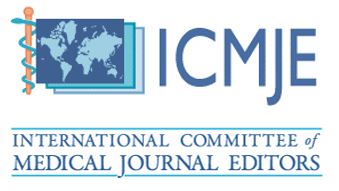Emergency Haemorrhoidectomy in Acute Haemorrhoidal Crisis: A Tertiary Centre Experience
DOI:
https://doi.org/10.51200/bjms.v18i2.5067Keywords:
Anal diseases, Benign anal disease, Emergency, Haemorrhoids, HaemorrhoidectomyAbstract
Acute haemorrhoidal crisis refers to painful, irreducible prolapsed haemorrhoids. On the best of hand, surgical treatment of acute haemorrhoidal crisis could still risk complications of bleeding and worse, incontinence. Our study aimed to look at the short-term outcomes of emergency excisional haemorrhoidectomy for acute haemorrhoidal crisis at a colorectal centre. This is a retrospective study conducted at a tertiary centre in the northern state of Malaysia from January 2015 to December 2020. The medical record was traced from the medical record unit and the operation theatre list for all patients with surgical treatment for an acute haemorrhoidal crisis. Sociodemographic data and complications rate were collected with 12 months follow-up. There were 51 patients identified from the registry and 29 out of those were male. The median age was 41 (20-82) years old. In addition, 26% (n=13) of the females were pregnant at presentation. Five patients had previous haemorrhoidal procedures performed. The median operating time was 35 (15-143) minutes with the length of hospital stays of 4 (2-10) days. The early complications were seen in 17 patients with bleeding (5.9%) and urinary retention (27%). The 12-month recurrence rate was 7.8% with median Wexner incontinence scores of 0 (0-3). The emergency excisional haemorrhoidectomy in acute haemorrhoidal crisis is safe and effective for immediate symptomatic relief with an acceptable low self-limiting complication rate.
Downloads
Published
How to Cite
Issue
Section
License
All articles are published under the Creative Commons Attribution-NonCommercial (CC BY-NC 4.0) license, enabling users to read, download, copy, distribute, and adapt the material for non-commercial purposes, provided proper credit is given to the original authors and the source. This model supports transparency, accessibility, and the global exchange of medical knowledge.








1.png)



